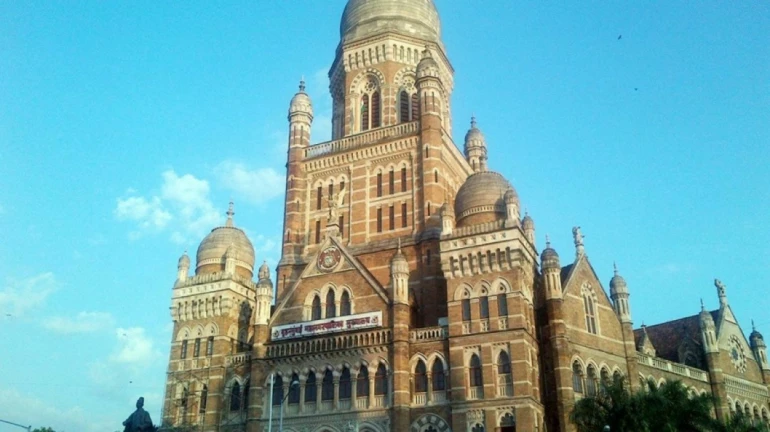
As per Brihanmumbai Municipal Corporation (BMC), mumbai has seen a decline in carbon emissions from 2019 to 2024. BMC shared the data in the annual environment budget on June 5.
The BMC uses a unit called carbon dioxide equivalent (CO₂e) to measure and compare the impact of different greenhouse gases. Mumbai’s greenhouse gas (GHG) inventory covers emissions from carbon dioxide, methane, and nitrous oxide.
This inventory helps the city track sources of pollution and plan ways to reduce emissions. The first such inventory was done in 2019 as part of the Mumbai Climate Action Plan (MCAP).
What are the Sources of Emissions?
The inventory shows that emissions come from:
1. Stationary energy sources contribute 74% of emissions.
2. The transport sector accounts for 19.1%.
3. Waste sources make up the remaining 6%.
Emission Trends and COVID-19
Between 2019 and 2023, Mumbai’s carbon dioxide emissions fell by nearly 2 million tonnes. In 2019, emissions were 26.75 million tonnes. By 2023, this dropped to 24.6 million tonnes. The BMC report notes that emissions dropped steadily between 2019 and 2021, reaching the lowest point in 2021.
This was mainly due to economic slowdowns during the COVID-19 pandemic. After 2021, emissions rose again. Carbon emissions are gases released into the air, mainly carbon dioxide (CO₂), which come from human activities like deforestation, industry, and burning fossil fuels.
Emissions from residential buildings fell by 11.36%, and those from commercial and institutional buildings and facilities dropped by 26.6%.
The waste sector also showed a decline in emissions. The BMC credits this to a new central waste processing facility in Kanjurmarg. Overall, waste emissions decreased by 6.4%, equal to 1.57 million tonnes of CO2e. The report says the drop is linked to less solid waste generation and better centralised waste management.
BMC’s Climate Goals for the Future
In its environment budget, the BMC has set these goals for Mumbai’s future climate action:
1. Reduce total emissions by 30% by 2030 and 44% by 2040.
2. Increase the city’s vegetation cover by 40%.
3. Reduce air pollution by at least 30%.
4. Lower the urban heat island effect by 40% by 2030.
5. Electrifying all current BEST buses and other city-owned vehicles.





